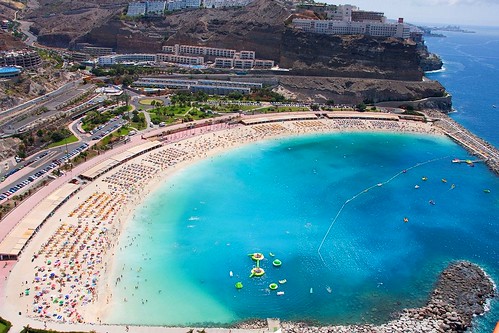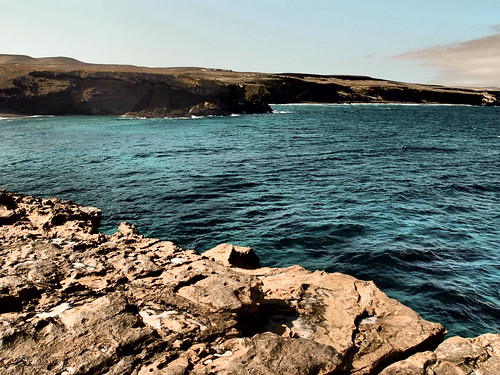In general, people do not like to talk or think about
economy. They think it is very intricate subject and they do not have such
intellect to understand it. For someone, buying a pack of bread by 0.50
pence/cents proves them economy is running very well. They think it is something
concerned to a middle aged bald economist or bankers or government who should
worry about it. That notion is not true. It is concerned to us all.
Who doesn’t like to get high exchange rate for their
currency while they are on holiday? Yet everyone loves to. Is it something you
deserve to get? Is it something your country earned through financial status on
global economy? The answer is ‘Yes’ to all. How does your currency value
fluctuate? Is it something you should worry about? Is it something we can
change? The answer is ‘Yes, indeed’. Currency value fluctuates because of country’s
financial status over global economy. And country’s financial status depends on
contribution to the world’s economy and community. There is a credit scoring
system of country’s financial status on global economy like every individual we
have.
How does currency
value fluctuates? What does affect a country’s financial status over global
economy? What factors involve?
There are many factors responsible to change a country’s
financial status in global economy. Among them most important are:
- · Government’s Debt (Country’s Debt)
- · Country’s productivity and demand in the global market (ratio of exporting goods and importing goods)
- · Employment and unemployment ratio
- · Government’s spending and Budgets
Government’s debt actually is borrowing money to fulfil
government’s spending or budget when country’s income doesn’t meet to fulfil
its needs. Debt is one of the worst things for economical downturn. As you
know, interest has to pay on all debt which makes Government to borrow more to
cope with budgets and spending when country’s income is not enough to meet its
needs and interest for debt. A country will remain indebted forever unless a country’s
income increases by quarter, double or triple the figure of interests after
meeting their budget needs (in this case less spending and smaller budget is a
factor as well). Demonstration is shown below by pictograph:
How can you
contribute positively to your economy?
In order to contribute more effectively to the economy
people need to be honest and need to have understanding which factors are in
their hands to influence. You are all already contributing to your economy
somehow, such as consuming or being employed. There is more effective way to
contribute. First of all, what demand do you all pose in the economy? The demand
you pose in the economy influences the most of the factors. Easy to think like
that ‘how much do you need'? What do you need? Where it comes from? Budget and exporting
and importing goods ratio varies depending on your demand. Posing demand on
home-grown goods always contribute positive for your economy which encourages
more productivity.
What should you do to save your economy?
- · Be honest
- Employed
- Pose moderate demand
- Buy home-grown product
- Less demand on importing goods
- Pay Tax on your all income (above personal allowance)
- Pay for goods and services by card
One of the very important roles you can play by declining to
pay cash for any goods and services. Author Foisal Talukdar’s spy observation
revealed 40% of the businesses do not declare the actual selling margin and
profits to avoid tax. Tax avoidance makes the economy weaker as country’s
income decreases. To fight against tax avoidance all you should pay by card for
any goods and services.
All your understanding and efforts will go vain if you do
not have an honest and conscious Government and its administration. Many
governments and its administrations and prudent societies publicized the term ‘recession’
so fiercely last few years that many businesses collapse due to consumers frightened
and stop spending. It should have handled more tactfully.
-
In terms of Economy we are dependent on each other. Your single efforts can change a little dot.
But entire nation’s unified efforts can draw a line.
N.B - If you have any comments or question please contribute it here. I will be more than happy to interact and reply.
.jpg)


